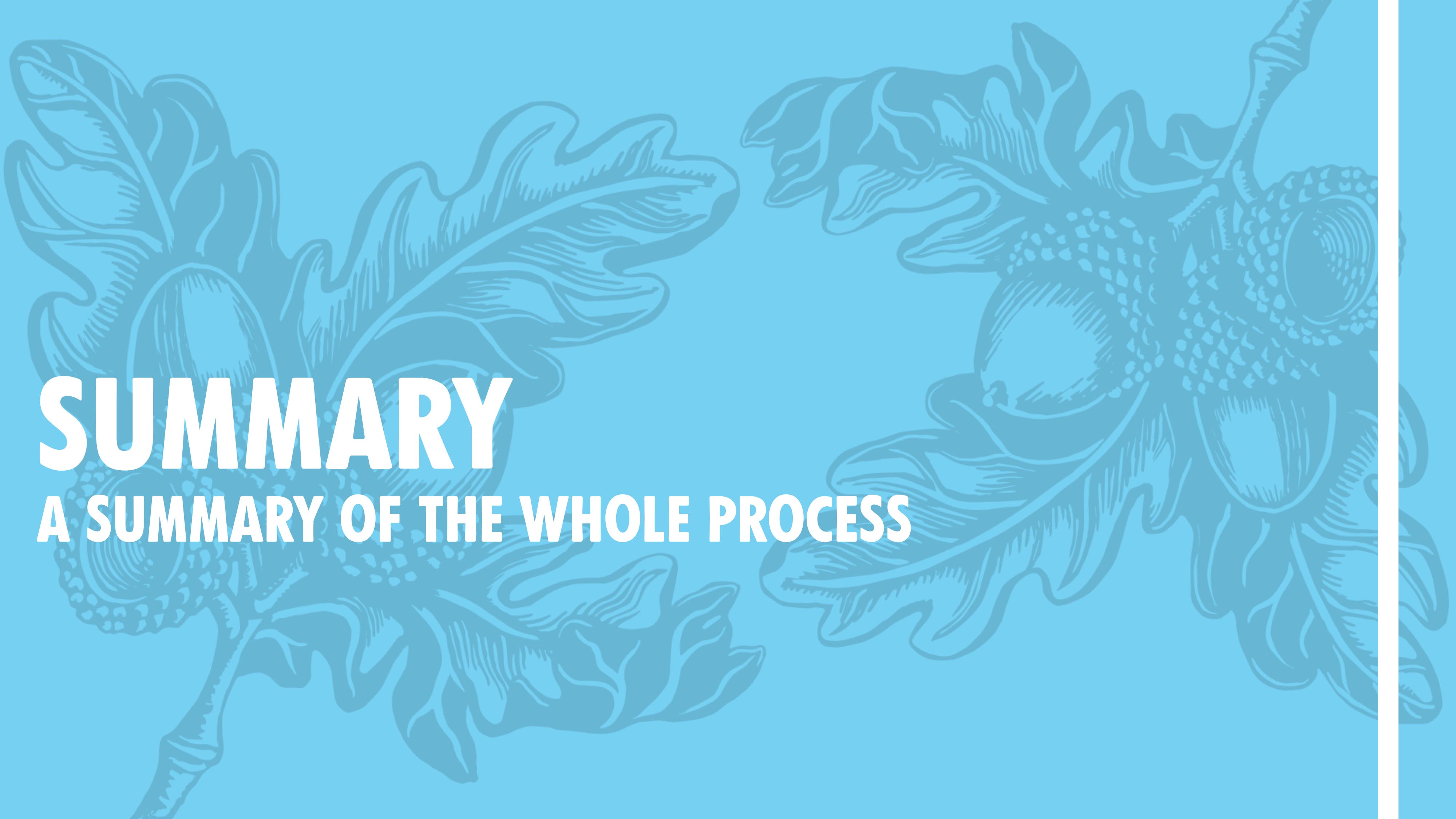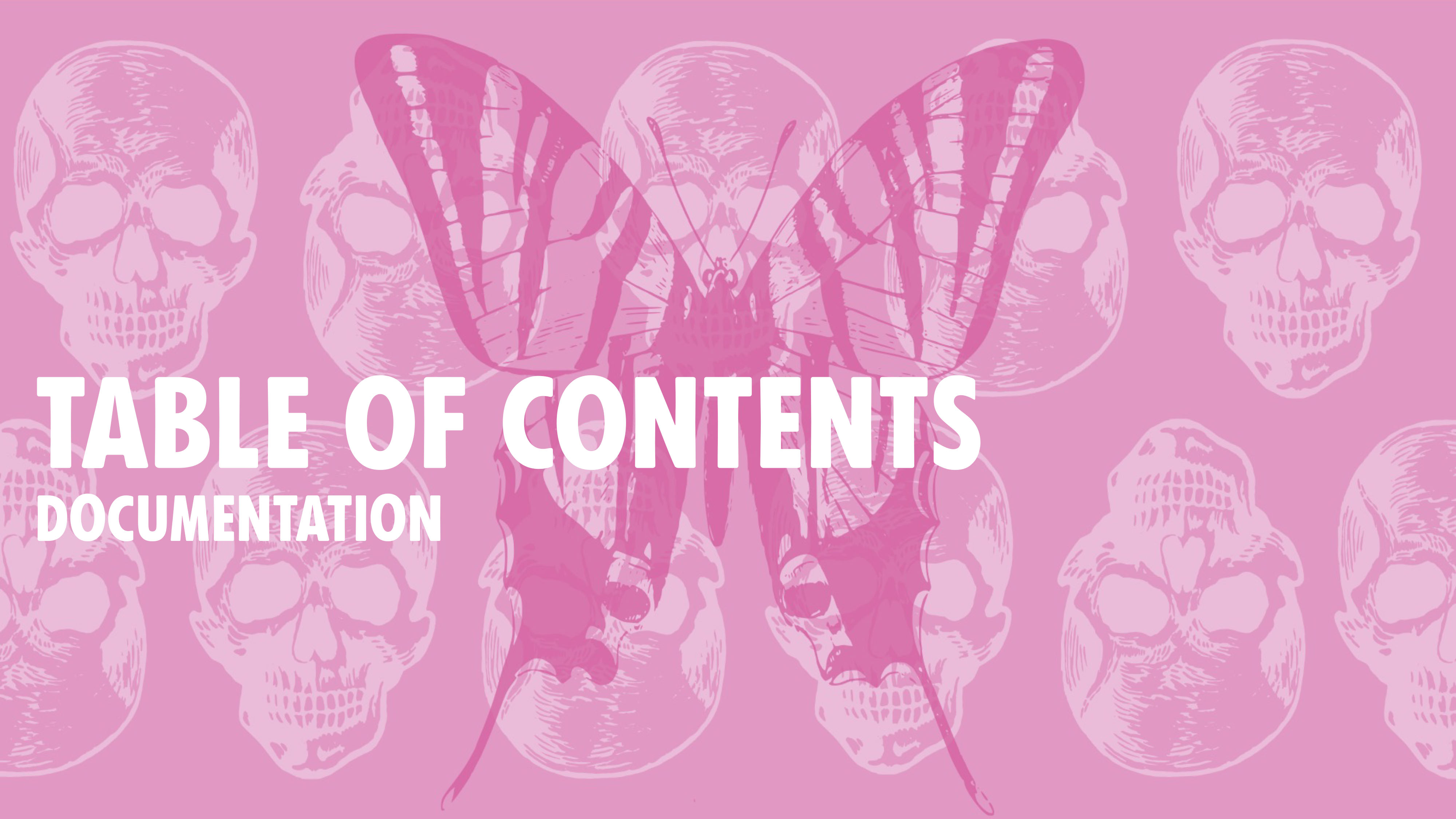Week 33
Written on April 13th, 2024 by Laura Weller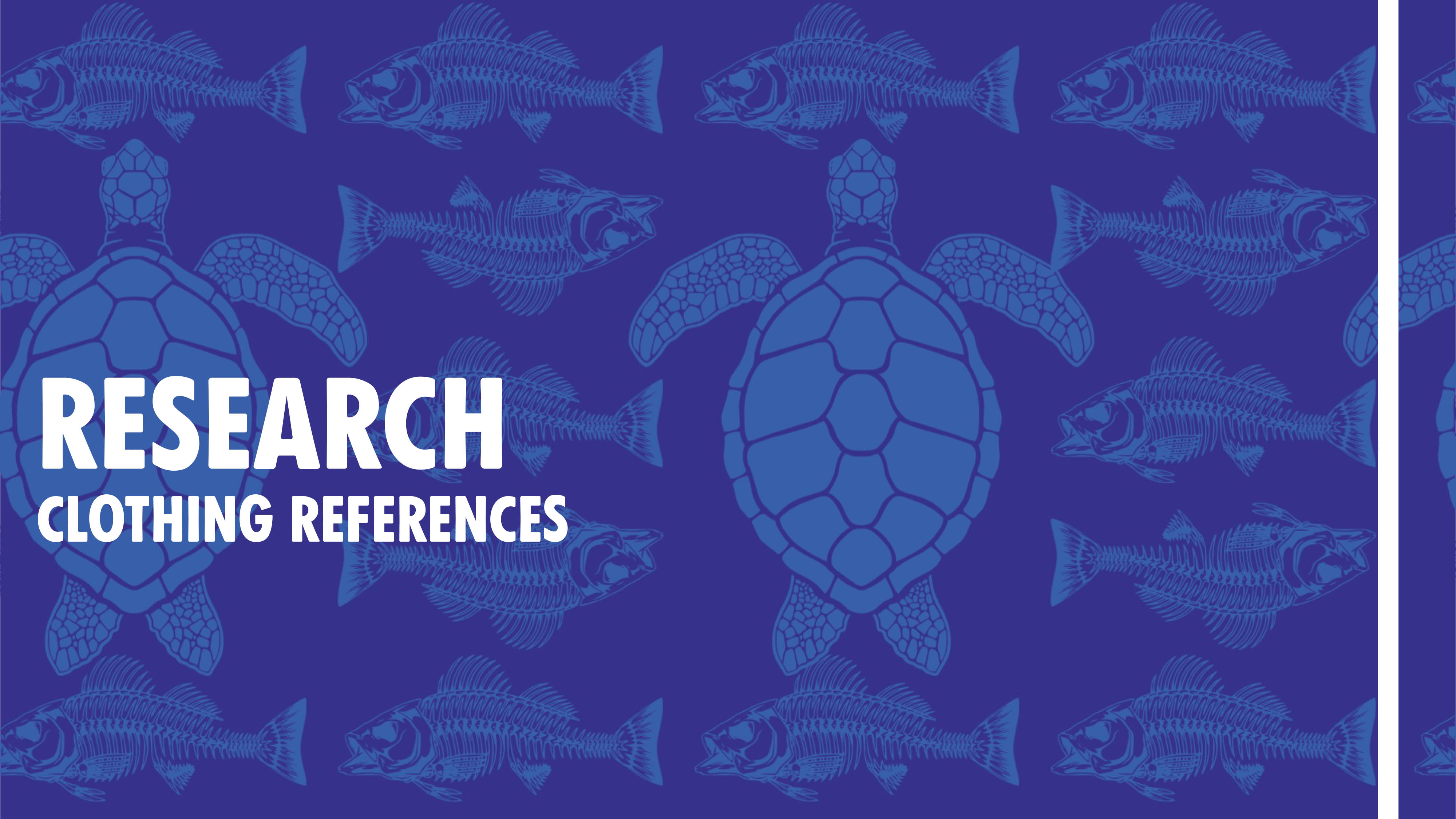
After discussing my looks with Charlotte, we decided it was time to create a clothing reference of each specific look. Therefore this page is dedicated to that. Below you can see each look and the reason why it ended up the way it did. The looks that I have are:
- A suit so the police will take you more serious
- The red rebel inspired look
- A garment that can function as banner to communicate why you are protesting
- A collectief garment that can be worn collectively to make it more difficult for the police to drag you away
- A multifunctional garment, turned into a tent/ sleeping bag or something similar if you need to stay the night during a blockade
- A garment that is suited for the anonymous rebels, for example made for those who are living illegal in the Netherlands or have a statusholder citizensship and can’t take as much risk. Or for people who for example can’t get arrested due to their job (think about judges)
1. A suit so the police will take you more serious
The suit is orginally created when I had an interview with a rebel. He told me that while blocking roads, he always wears suits to impress the police. I had to think at that time of power dressing, a way of dressing where you intent to enforce respect from the opponent and therefore succeed in your doings (Entwistle, 2013). The power suit came into existence in the 1980ies, when Wallstreet hit financial bloom. Watching the movie “Wolff of Wallstreet” and defining the specific things that make a powersuit so powerfull, such as the big lapel, broad shoulders and heavy fabric helped me in forming the look that you can see below. While using a heavy fabric myself, I tend to incorporate topstiches and many raw cut edges on the suit, as the material behaves much as leather. When I would sew the suit in a original way, the fabric becomes to thick and the finishings will look too bulky. I incorporated the yellow color since it is incorporated with happiness and joy: one of the most important messages within the climate movement (as the topic is so heavy, we would like to adress it with positivity) (Valdez & Mehrabian, 1994).
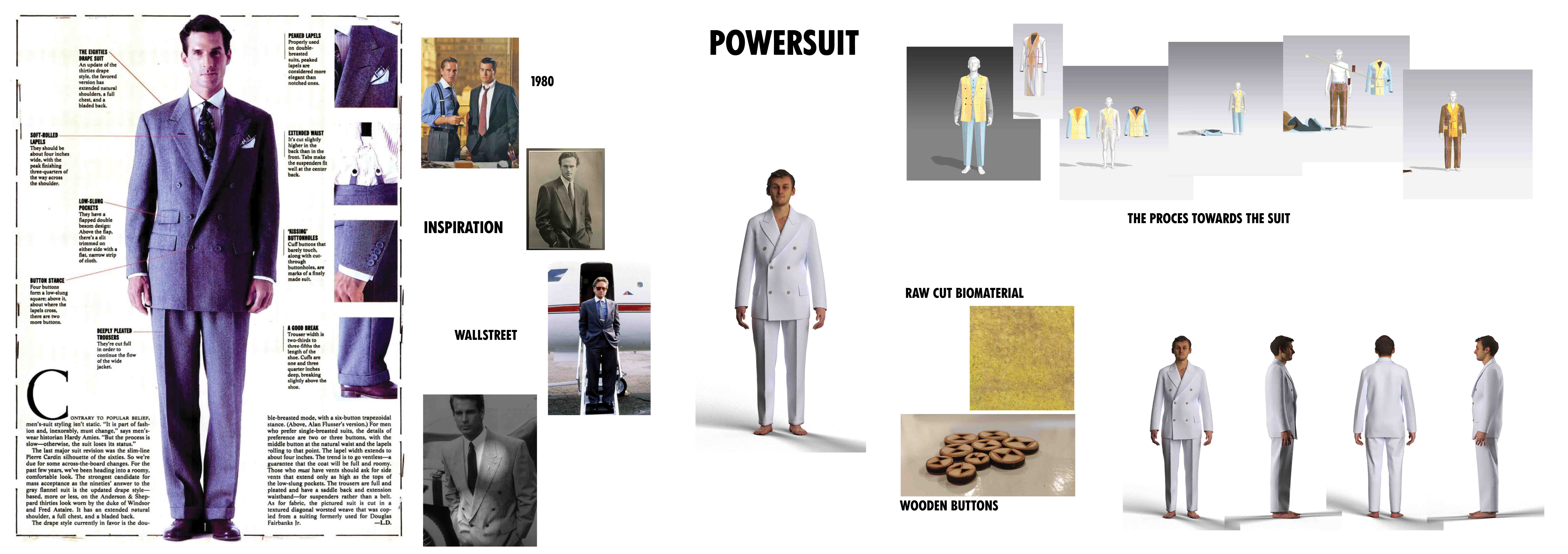
2. The red rebel inspired look
The red rebel look was originally inspired by (surprise) the red rebels. This is a group within Extinction Rebellion who, while all wearing red clothing, tries to form unity and uses the way they dress as a huge communication tool to the outer world. They create images with heavy juxtaposition as they paint their face white. Initially, the look should be one that could be worn by the red rebels themselves, but the longer I worked with the material, the more I found out that the material does not lend itself for a red rebel fabric, as they use very flowey fabrics. I had to find my way around that. This is why I tried to give it a more powerfull “warrior” look. I came upon using culottes through its huge usage in revolutionairy contexts: (1) The sans-culottes movement of end 18th century: this movement came to its peak in the French Revolution of 1789. Common and lower class people wore pantaloons while opposing the higher culottes wearing class who ended up on the guillotine. (2) The usage of the culottes in the early 20th century. While the design made it easier for women to take part in daily physical activities, it was paramount to uphold the illusion of the skirt, making it customary for culottes to have pleats of a wrap around skirt to disguise the pant element. This was one of the first pants that women could wear and could be seen as a revolutionairy garment. While having a activistic background, I also found the culottes fitting with the needs of the protesters of XR. While interviewing them, they told me that they wear clothing that is comfortable and easy to walk around in.
While using culottes at the bottom, I reworked on a high visibility vest on the top. This also came into existence because of multiple reasons. First of it had a reference to the Gilet Jaunes of 2019 in Paris. But it also is a practical garment that anyone can wear and therefore doesn’t need to be made to measure: anyone can make it at home. Furthermore it is a garment that XR uses a lot during protest to signal different functions of protesters. People in blue high visibility vests signal police liasons, people with green high visibility vests signal te be wellbeing people, people with purple high visibility vests signal to be rsts support, people with yellow high visibility vests signal to be press spokespeople. While making the visibility vest, I wanted to incorporate a hood for protection and pockets for practical reasons (as you always have to carry so much with you to the blockade) The shape of the pockets I got from a workwear garment for car reconstruction. As car reconstruction workers often have to use these pockets to load heavy stuff in them, I figured these pockets are designed for practicality. Hence it would make sense to use them.
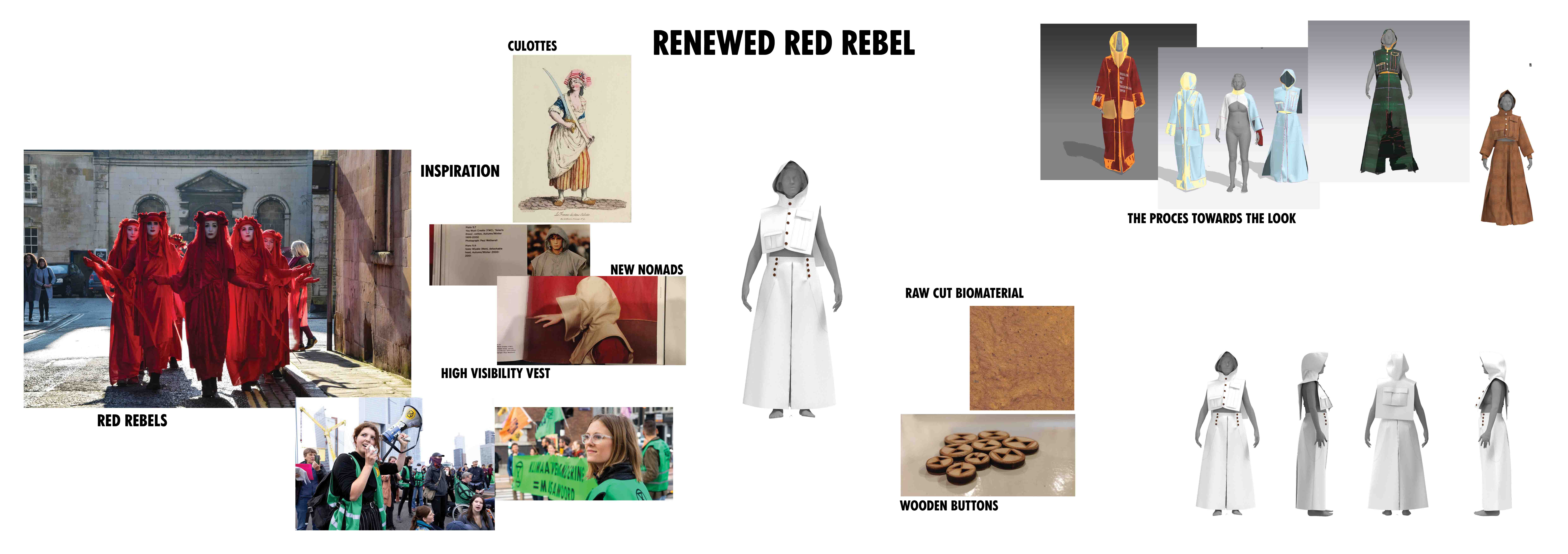
3. A garment that can function as banner to communicate why you are protesting
This garment came to existence out of a quick sketch, but intuitively drew my attention more. Therefore I decided to look up more information about banners and came upon all the times activism is shown on the catwalk. I came upon the show of Dior in spring 2021 and Louis Vuitton in autumn 2021. The last one shows a rebel walked on the catwalk showcasing a banner which stated that the overconsumption in the fashion industry causes extinction (written in the fonts of Extinction Rebellion). At the same time I know that while protesting, people use banners to create borders between the activists and the police. It makes it harder for the police to see through the crowd what is happening (whether people are glueing themselves on the pavement) and it makes it harder for the police (cars) to navigate. I decided to look into the relationship of dress and political communication and found some great historical examples of where dress (and print) illustrated a creat political message. Examples I found in a book called Fashion and Politics (2019). The Black Panthers Party (BPP) used dress in a very specific way to communicate political views, all leather black clothing with the cap, showing a strong and unwavering look. Beyonce brought this look back in her show during the Super Bowl in 2019, where the BPP became center of discussion again. But also Maria Grazia Chiuri’s shirt in September 2016 during the Dior show showcasing the text “we should all be feminists” shows that Fashion breathes politics. Same we can say for the Pink Pussy Hat and The MAGA cap from Trump. Lastly the shirt from Vivienne Westwood of 1977 (with the swastika Nazi symbol over the image of Jesus on the cross with the words “DESTROY”) also showcase strong visual communication. The shirt has been one of her most famous creations due to it’s communicative aspect.
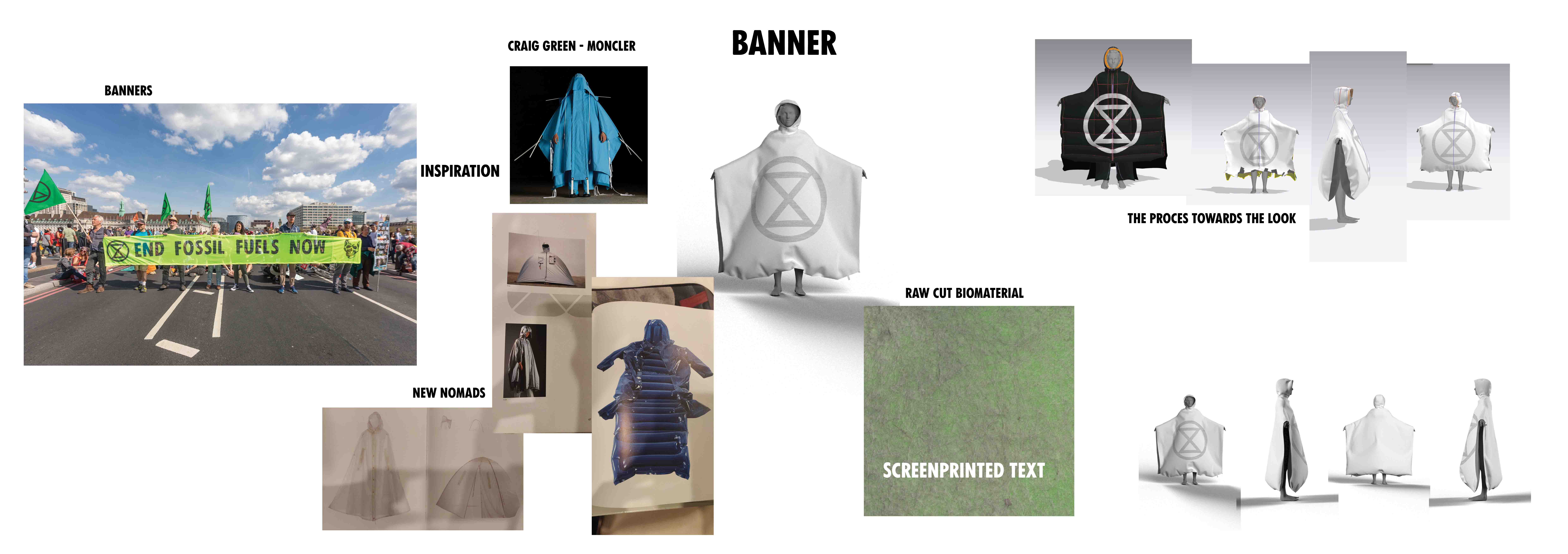
4. A collective garment that can be worn collectively to make it more difficult for the police to drag you away
This garment was originally inspired by Nicola L. her Red Coat: Same skin for Everybody and thought this would be great to wear during a protest. It would make it much harder for the police to drag you away. I thought it would be great to have this principle, but not in a cape, but in a garment that you could easily bring in your backpack, but still could connect while being in the sit-in, this way staying disguised before the protest (so the police won’t arrest you beforehand). I came upon a pair of pants on CLO3D that would work and figured that could function as a base. At the same time I intuitively was drawn by the look of the pants, but couldn’t understand the reason why. I took away the crotch part of the pants, mainly because I thought it would make it easier for the wearer to put them on as they would not have to be a perfectly fitted garment, but a more size-fit-all garment. After doing this, Charlotte told me those pants looked like cowboy pants, called chaps. I decided to research chaps. According to a quick search chaps are sturdy coverings for the legs consisting of leggings and a belt. They are buckled on over pants with the chaps’ integrated belt, but unlike trousers, they have no seat (the term “assless chaps” is a tautology) and are not joined at the crotch. They are designed to provide protection for the legs and are usually made of leather or a leather-like material. This sounded like music in my ears: they are a protective garment for the legs: something we need while protesting as the police drags you aways and your legs get dragged over the asphalt. I have waisted many pants on this process. But they are also often made of leather like material which fits in the box of my material. But at the same time these pants are super easy to connect to create a collective garment. The pants underneath the look are less relevant. The chaps are made to wear over whatever you’d like. However, to stay in line with the rest of the looks, I decided to use a shortened version of the culottes and a body vest as worn with the powersuit.
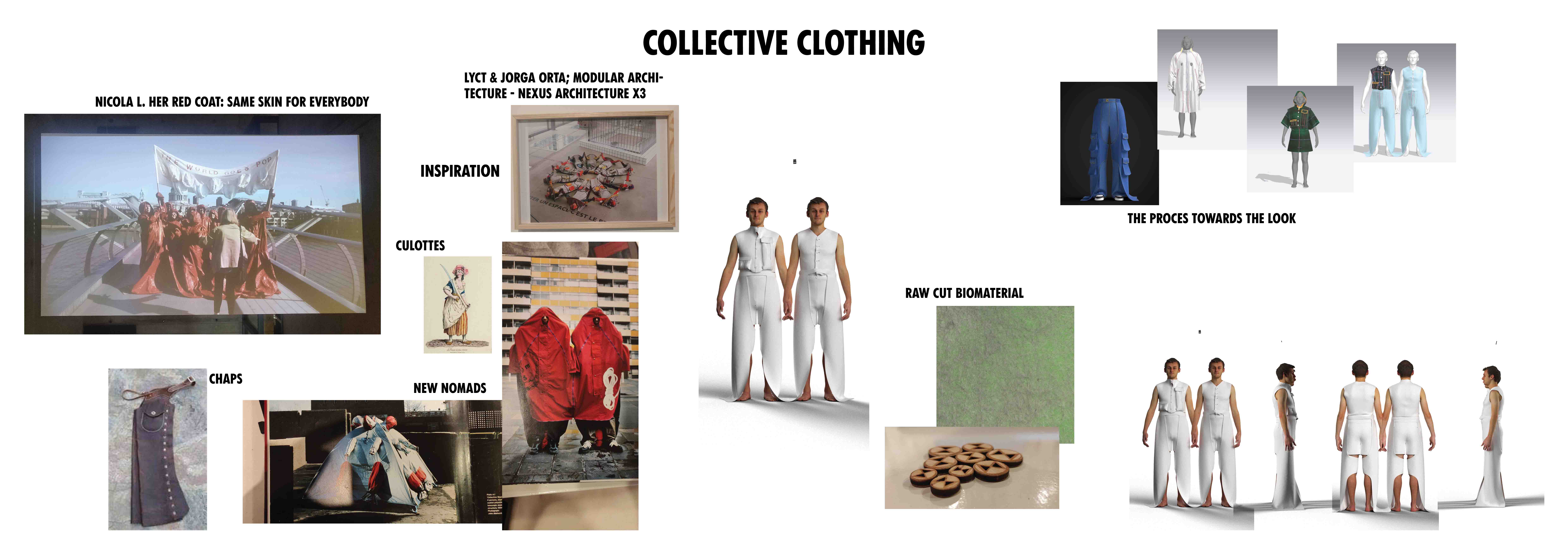
5. A multifunctional garment
This garment is one that can be turned into a tent if you need to stay the night during a blockade. My starting point was a basic shirt and joggings, nothing too difficult and a quite basic, comfortable look to wear. I decided to use raglan sleeves as this enhances comfort. The tent on the back should have the most emphasis. The tent is round (as sharp objects are forbidden during the blockade). I searched for obj files of tents and found one online to use as a base, from there I changed the tent to a more rounded shaped one. Other inspiration I found from Graig Green and his collections for Moncler, but also the book [NAME] where they showcase different designers incorporating tent elements in their designs.
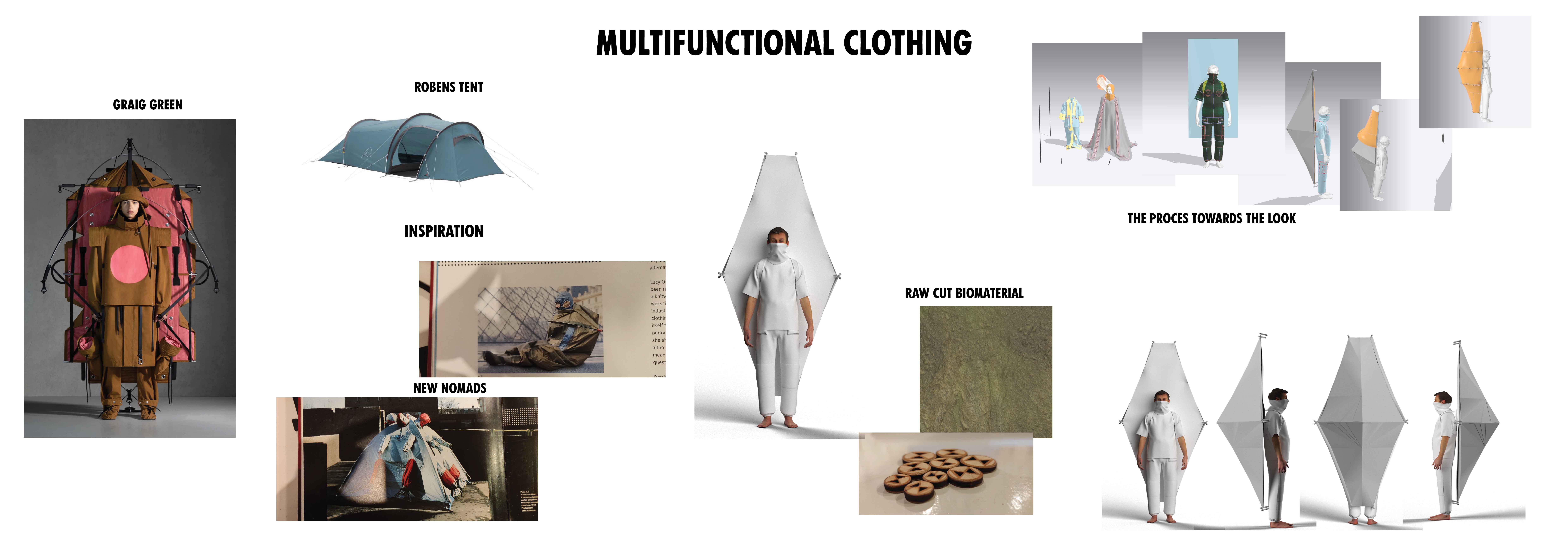
6. A garment that is suited for the anonymous rebels
This look came, just as look 4, from a quick sketch but drew my attention quickly. The look should be made for those who want to protest anonymously due to several reasons such as their nationality or job prospects. As Charlotte pointed out, the look that I sketched gives of a new nomad vibe. So I decided to look into New Nomads. The New Nomads aesthetic is quite sportswear like, but also has more technological advancements incorporated in the clothing, such as electronics. This brought me more to the seventh look (of which you can read more later on). While keeping this new nomad look in the back of my mind I also looked at the rebels within XR that always go anonymous. Often these people are from the Antifa movement: a movement that is very different in the Netherlands vs the USA. I though that I could look at their way of dressing, which looks very similar to my sketches and saw the similarities between them. At the same time I dived into face coverings and how I could give a new twist to anonymously protesting. I thought about using face masks, deep hoodies,etc. But I think we have all seen those things. I stumbled on a research project from the Echizen Laboratory at the National Institute of Informatics in Japan. This research project looked into facial recognition and how you can outsmart that. They created some sort of lights on the head of a human that would make you unrecognizable by ai. This I thought would be great to use, also since I wanted to incorporate the electoronics side from De Waag in the clothing, and this way I could do that: making leds into the clothing.

Sources: Entwistle, J. (2013). ‘Power Dressing’and the Construction of the Career Woman. In Buy This Book (pp. 311-323). Routledge. Valdez, P., & Mehrabian, A. (1994). Effects of color on emotions. Journal of experimental psychology: General, 123(4), 394. Bartlett, D. (2019). Fashion and politics. Yale University Press. https://www.youtube.com/watch?v=jqZKifyvp2Q&ab_channel=Tate https://qz.com/10-fashions-to-help-you-confuse-facial-recognition-syst-1851112545/slides/9
